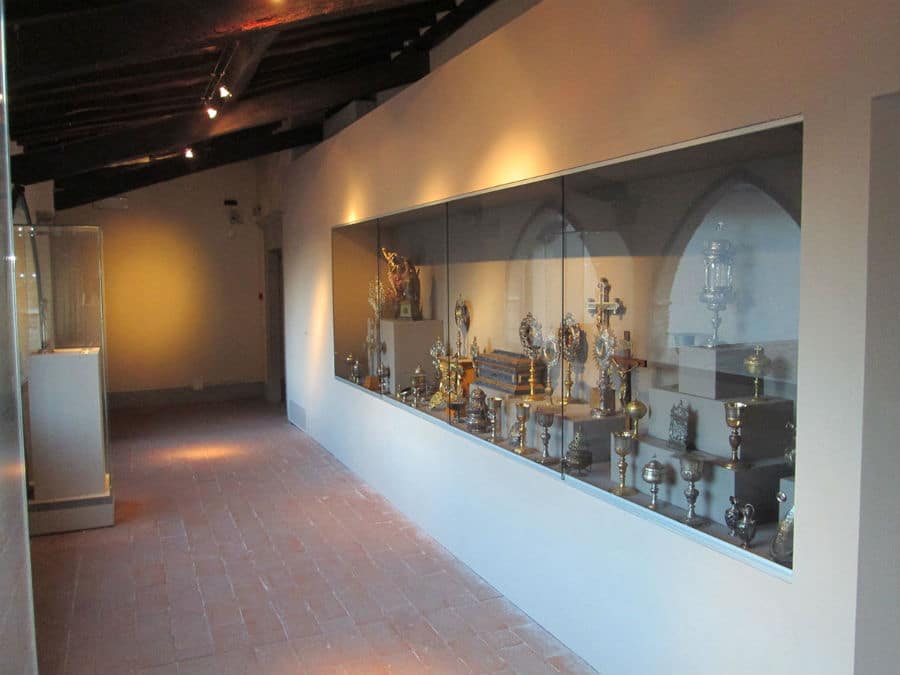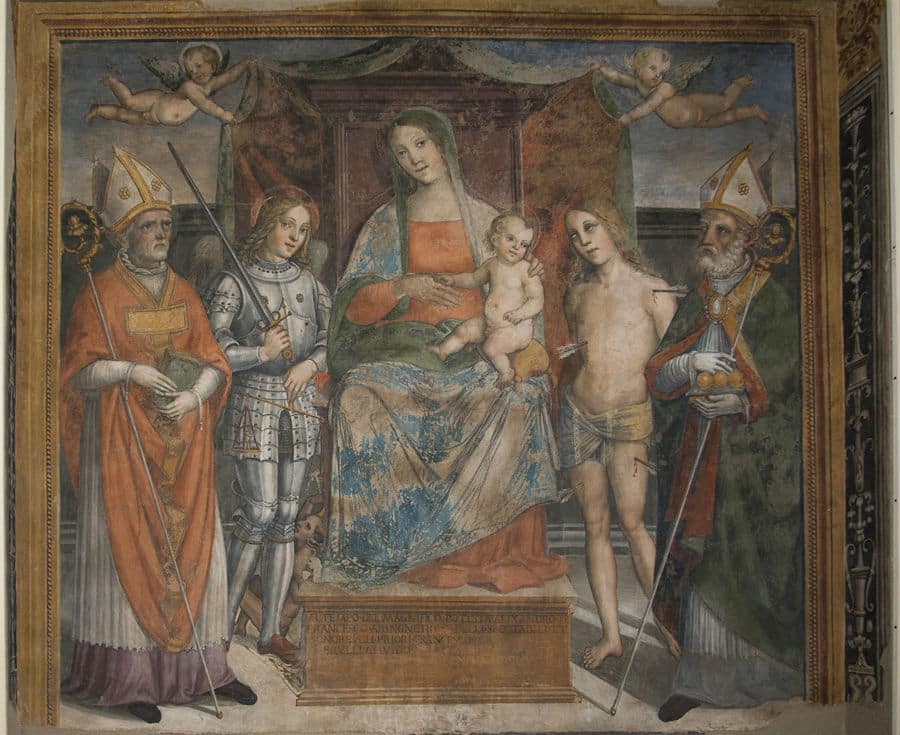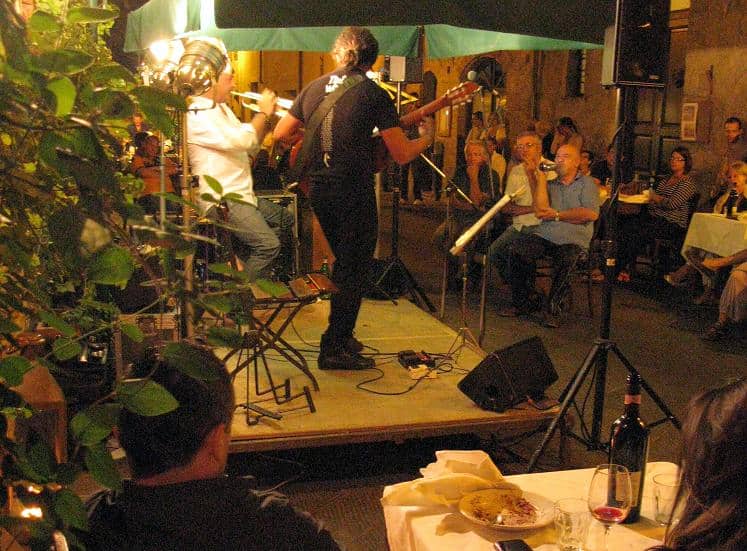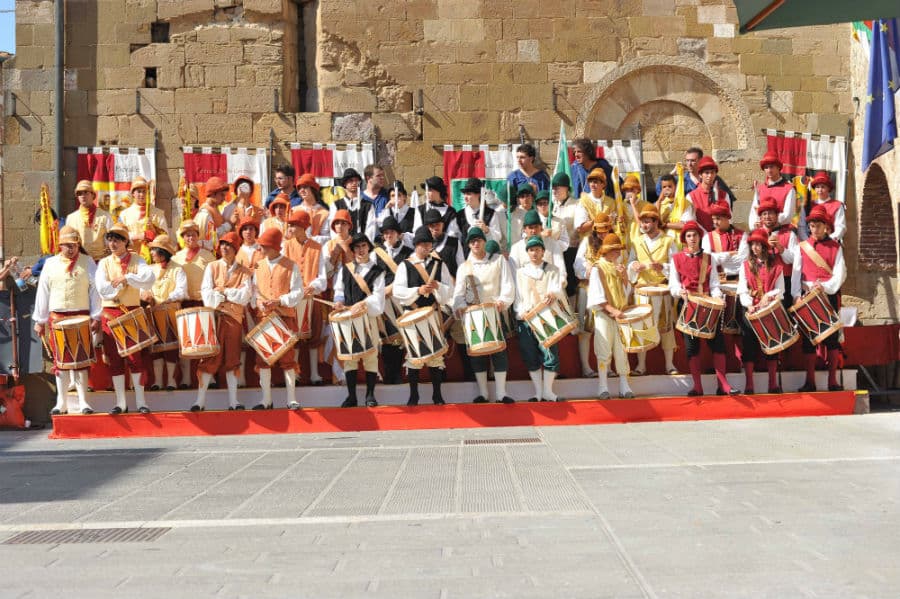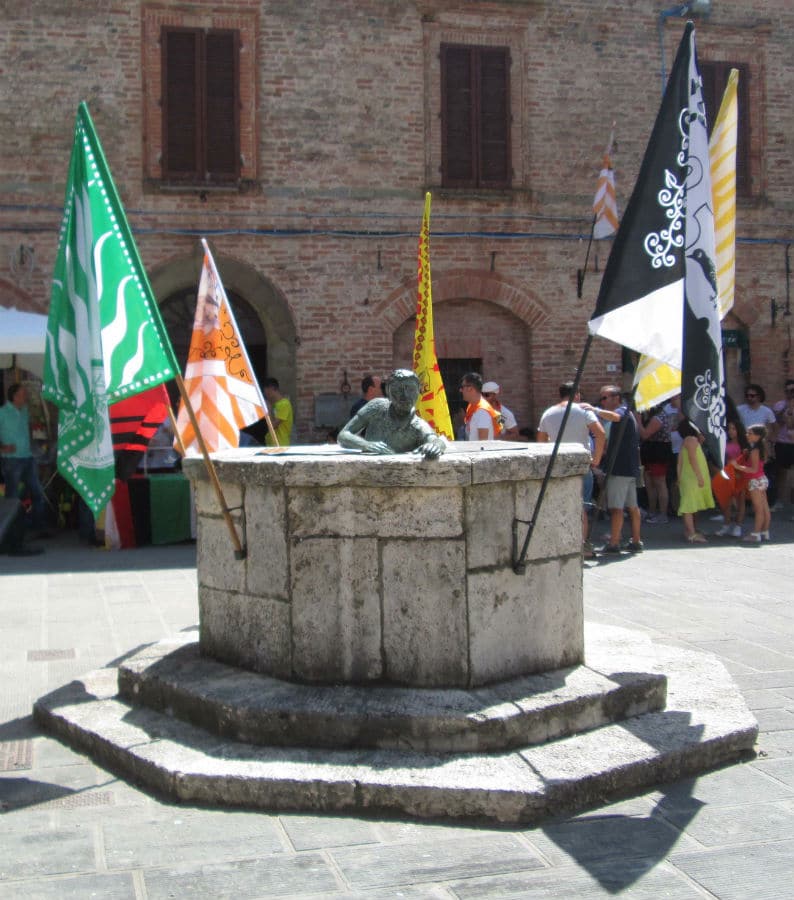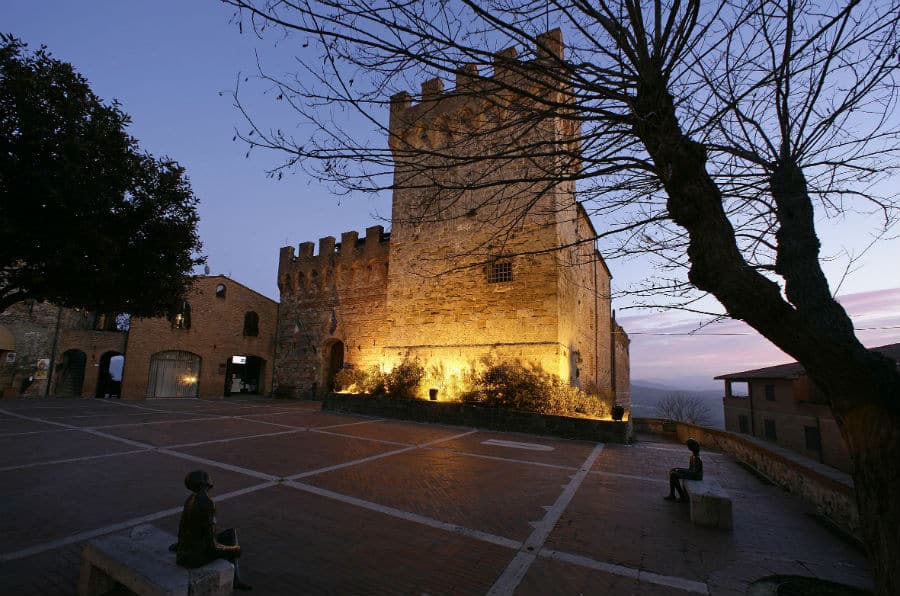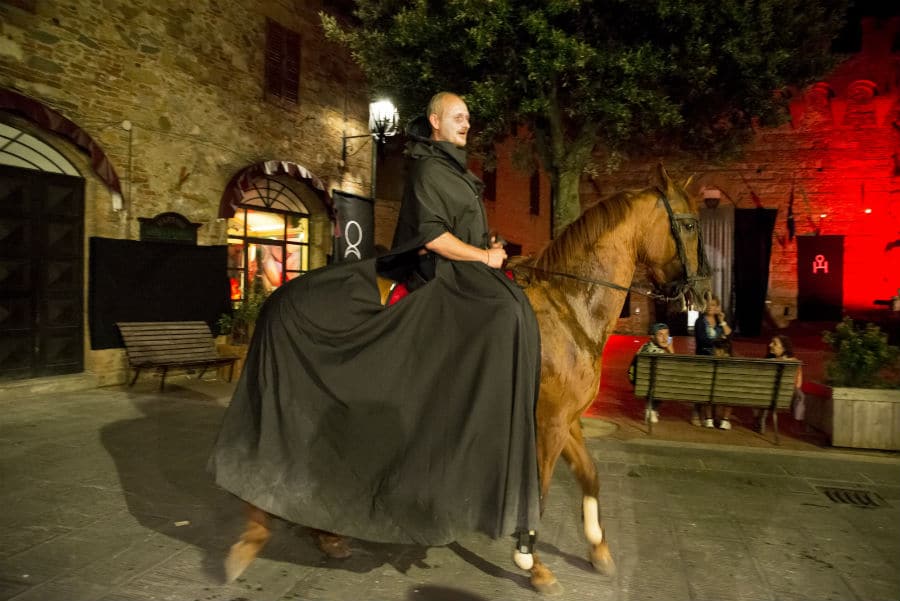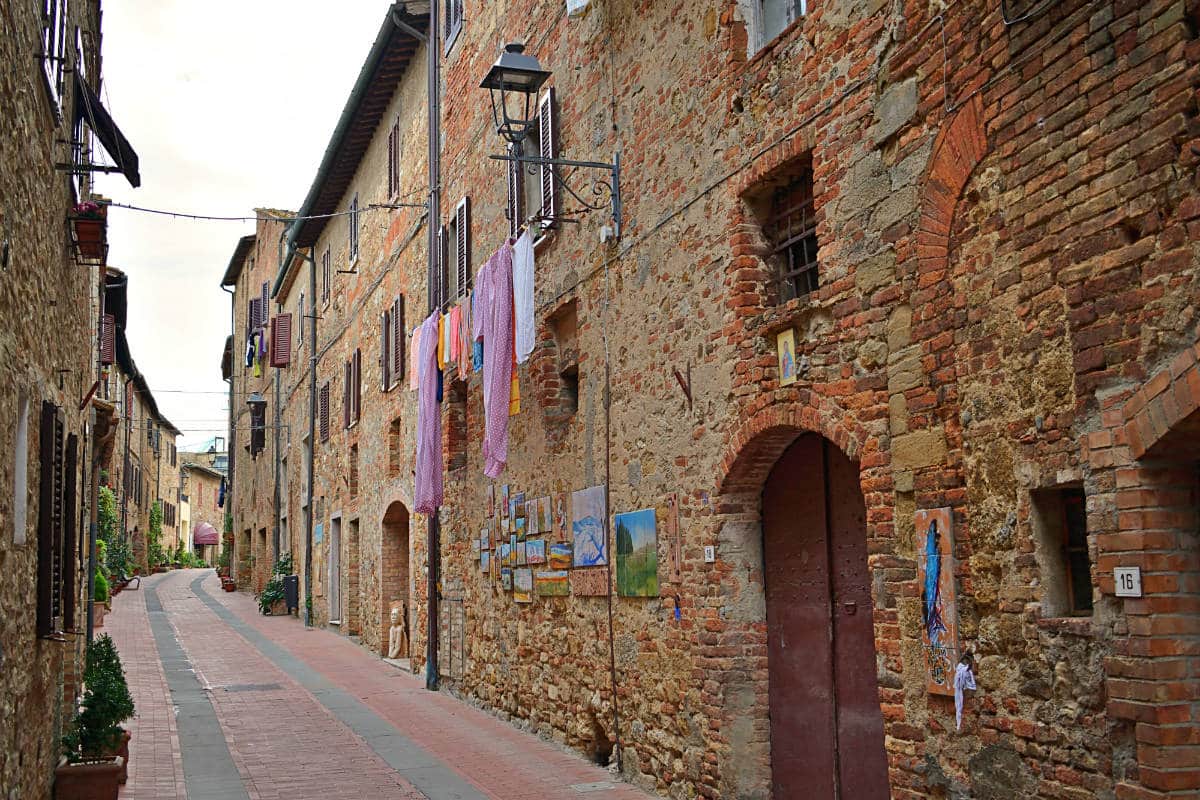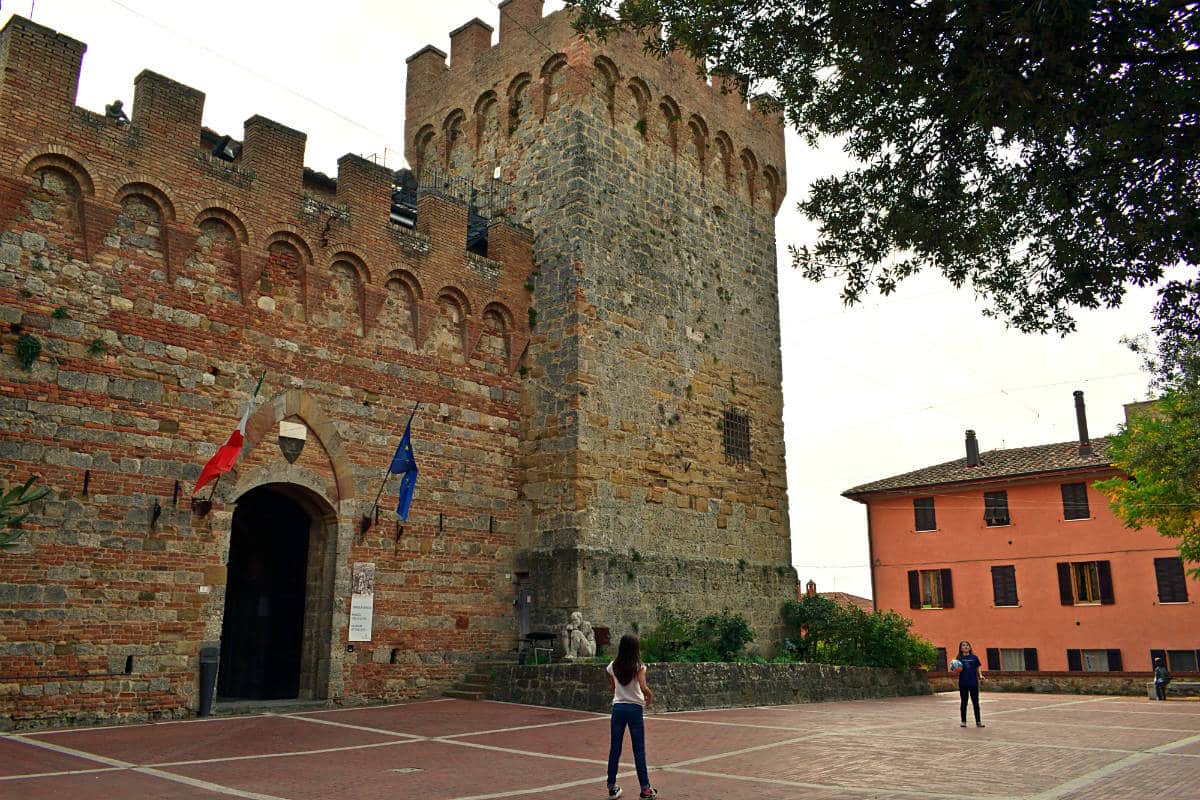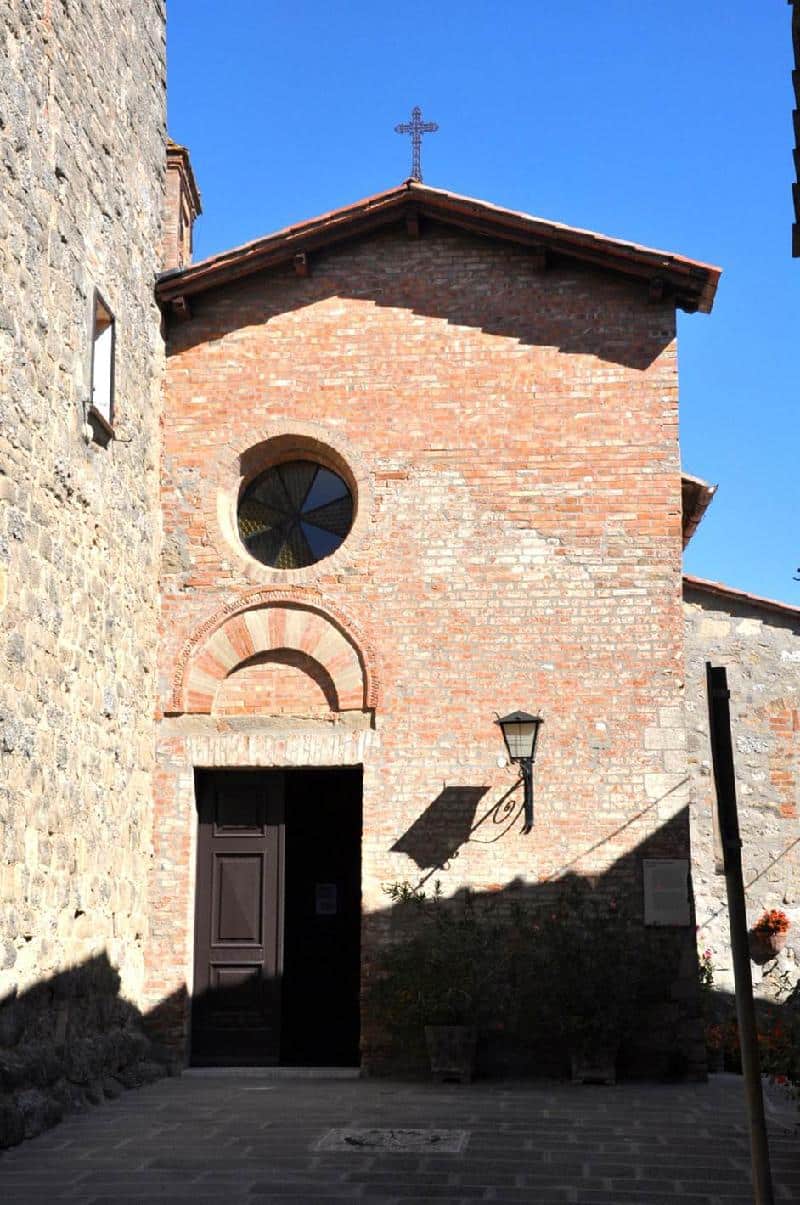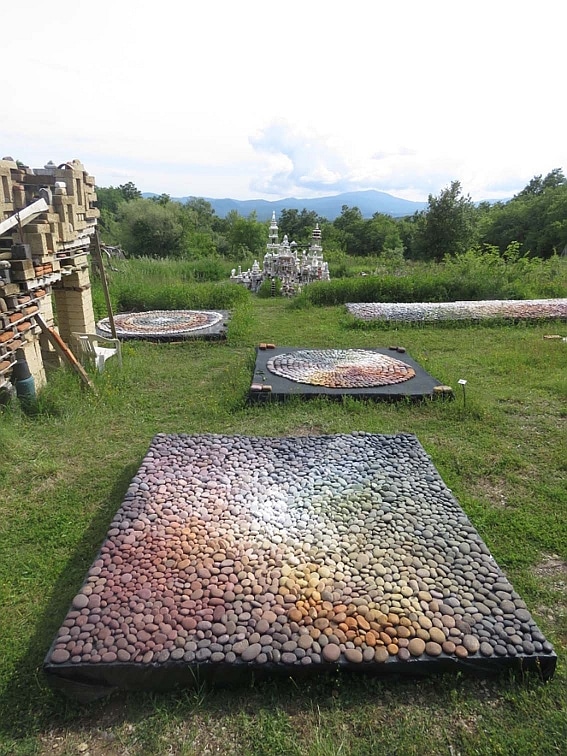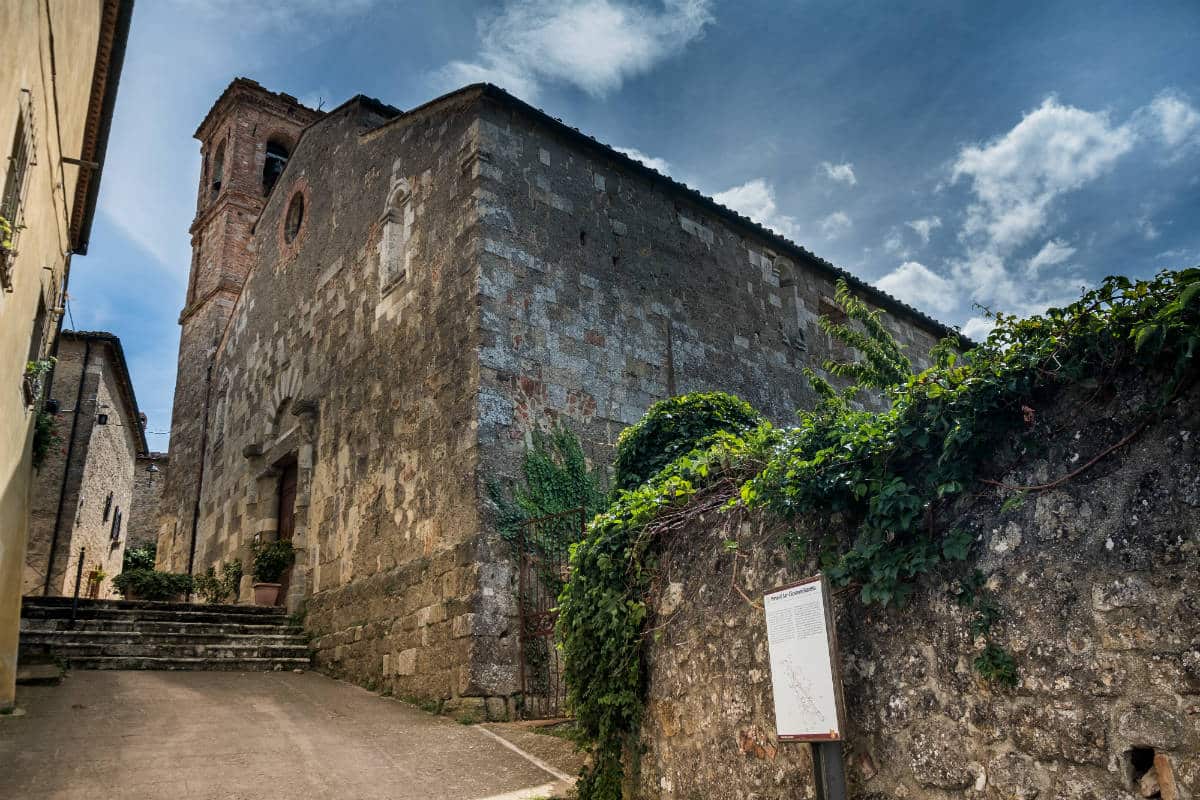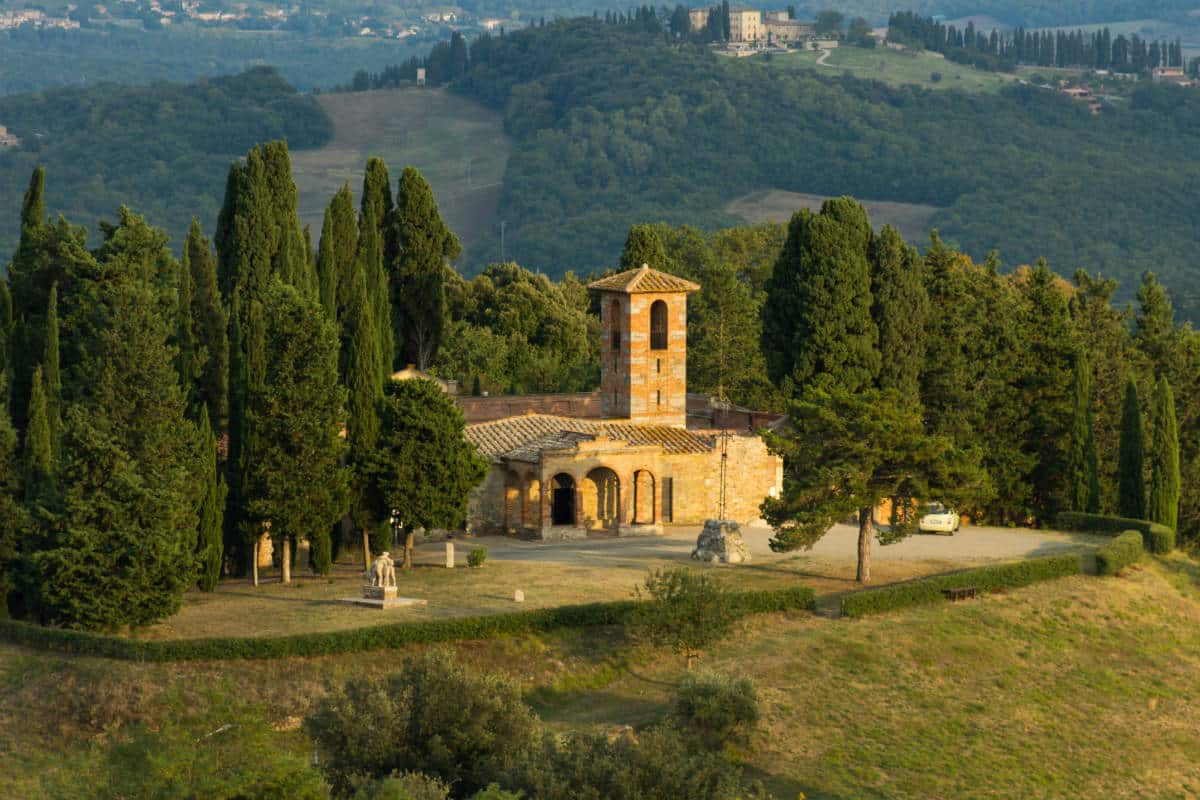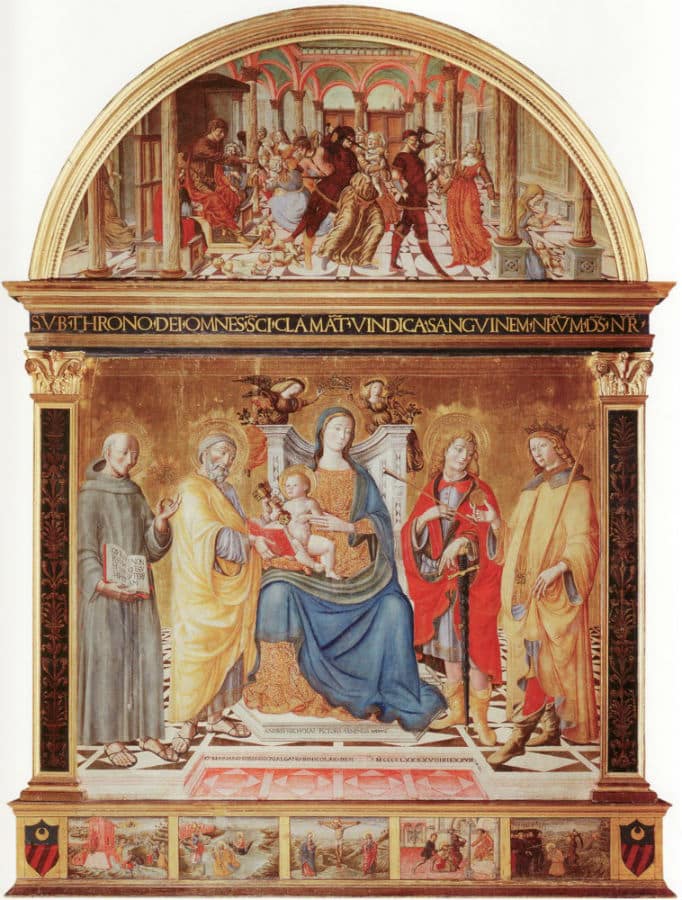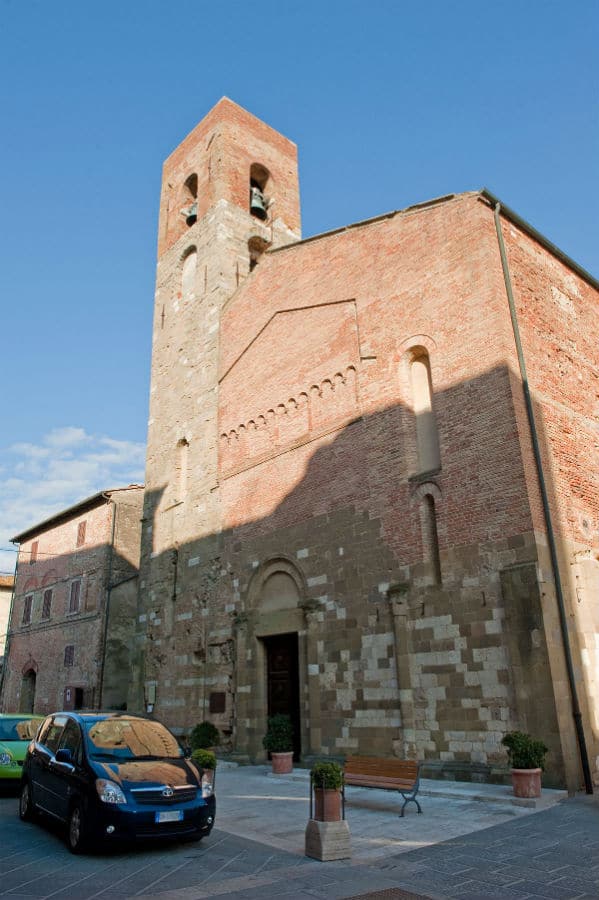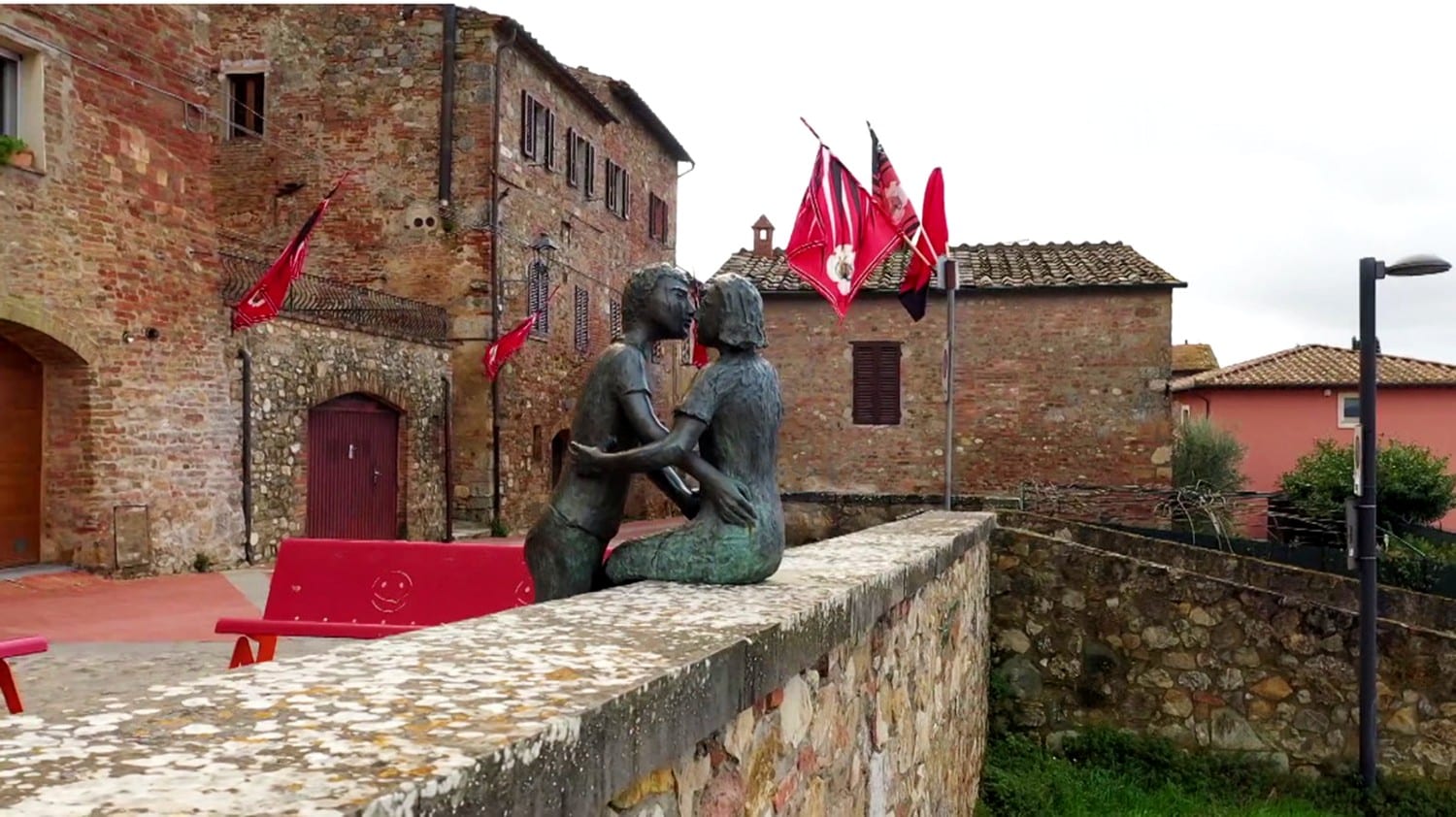The territory of the present hamlet of Casole d'Elsa, Tuscany, has been an important place since the primordial times not only for the exploitation of natural resources, but also for the location along important communication routes between the various areas of the Tuscany center -west and inward penetration. It rises on the first propaganda of the Metallifere Hills, lapped by the rivers Cecina and Elsa and framed by the massif of Montagnola Senese.
The first secure traces of human resources date back to the Neolithic age. If the age of the Bronze Age, characterized by the beginning of exploitation of the mineral resources (copper) in the area of ""the Metallifers Hills, is poorly attested, the Iron Age (IX-VIII century BC) assumes more defined characters. With orientalisation (VII century BC) and above all with the archaic age (VI century BC), we witness the emergence of small local potentates living on farms spread across the territory and gaining wealth from the ferocity of the soil and the control of the communication paths. With the Hellenistic age (the second half of the IVth-beginning of the 1st century BC), the hegemonic role of Volterra is increasingly evident. Casole is attested by the first decades of the XI century as an important castle. Early references to the establishment of two consuls of Casole date back to 1208, while, a few years later, castellanza pacts again linked the Colle and Casole communities, the latter represented by the figures of two rectores societatum. Despite the articulated imperial privilege of Frederick II of Swabia (1224), which recognized and legitimized the interference of the volcano bishops with regard to the nomination of the rector or consuls of Casole, as well as of other Valdelene towns, in the middle of the century now completely structured, with a podestà, a council, a college of "elders" and, presumably, already with its own statutory elaboration.
Over the course of the 13th century, Siena's interference increased steadily, under whose domain Casole passed after the victory of Montaperti (1260). The village was home to the ancient church of Santa Maria Assunta, whose first certificates date back to the XI century. The primitive church, enlarged and reconstituted in solemn forms in 1161, would have known a substantial alteration of the structure and a further rise and expansion between the end of the 13th century and the early 14th century. The church and its cloister were the seat chosen for the conclusion of acts of salient importance for Valdelian history. During the last twenty-two years of the 13th century some important figures were distinguished in Casole, socially and patrimonially attributable to rulers holding majestic domination forms, leading members of the ecclesiastical aristocracy, interpreters of excellence in an elite juridical culture derived from studies of canonical and civil law, frequentors of various degrees of the papal court, but always with roles of absolute importance.
In 1313, on the occasion of the descent into Italy of the army of Arrigo VII of Luxembourg and the concomitant rebirth of the powers of power and autonomy that peculiarly characterized the aristocratic components of philosophical and neo-ghibelline faith in the Tuscan municipalities, Casole rebelled Sienese government and received an important imperial garrison on the initiative of the dominion Ranieri, son of Porrina, supported by the Ghibelline faction of the castle, to which the Andrei also belonged. The following year however, following the substantial failure of Henry VII's intervention in Italy, he found the subordination of Casole to Siena fully reconfirmed, as evidenced by a large and articulated stipulation between the two communes (April 1314). Ranieri del Porrina, banned with his son, was exiled to Pisa, the stronghold of Ghibellinism in Tuscany. From the 16th century the events of Casole follow those of the Grand Duchy of Tuscany and therefore of the new Italian State.
Worth a visit are the parish church of the Collegiate Church and the adjacent Palazzo della Prepositura which houses the Museo Civico Archeologico and Collegiate Church, first among the museums of sacred art of the sienese area. Leaving the museum located in the heart of the historic center, next to the Parish Church, today the Collegiata Church and along the main street (Via Casolani) toward south, meets the Palazzo dei Priori which has an interesting facade enriched by numerous coats of arms of the podestas, priori and captains of the people who in the centuries amministrarono this castle. Inside there is a collection of Sienese art of the Twentieth Century (visits on request). Later instead there is the Rocca, a typical structure Sienese military erected in the middle of the Fourteenth Century, inside has the seat of the Museum of the city: here is told through a series of graphic reconstructions, the ancient settlements in the territory, the various construction phases of the castle and the original appearance of the historic buildings (free entrance). In concluding the visit to the historical center deserves a pass the two circular towers built in 1481 in the eastern perimeter of the circuit medieval masonry by Francesco di Giorgio Martini, the greater military architect of the Renaissance.
The vast territory that surrounds the ridge on which is perched Casole d'Elsa, was inhabited since antiquity, prove it numerous archaeological discoveries, among which we have two monumental tombs in the locality of Mucellena and Agresto, The hypogea are visitable. To the medieval era date back several buildings of cult, appreciable for an early update on the art Romanic Pisana, that filtered through the yards of Volterra, was irradiated in the hinterland valdelsano as in the case of the Parishes of Mensano, Pievescola and Marmoraia. There are many ancient castles including Mensano, Gracciano and Querceto, which still today, even if largely processed, documenting the vitality and the strategic importance of a border territory between Volterra Siena and Florence. The writer Carlo Cassola has set in the hamlet of Gracciano his novel La ragazza di Bube.


